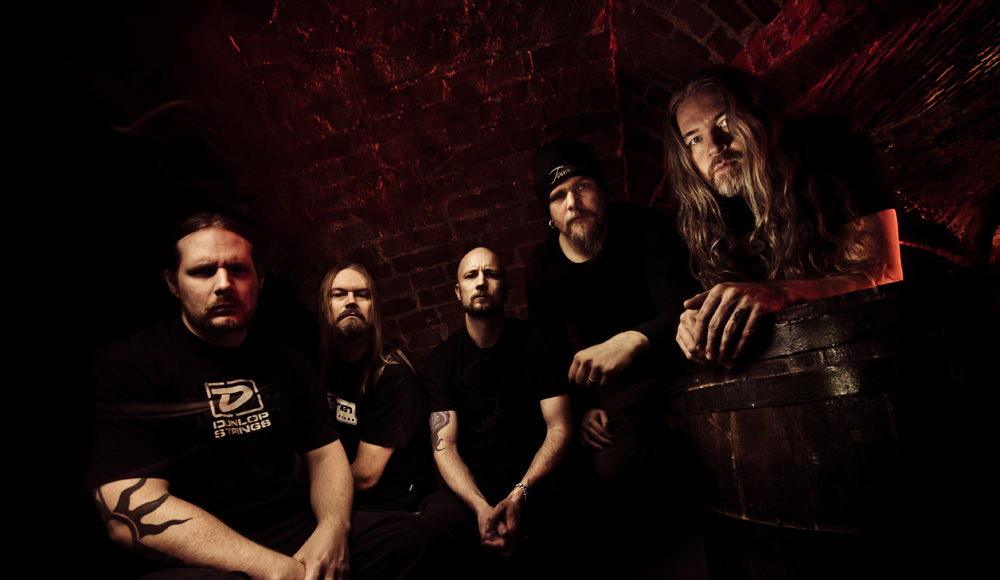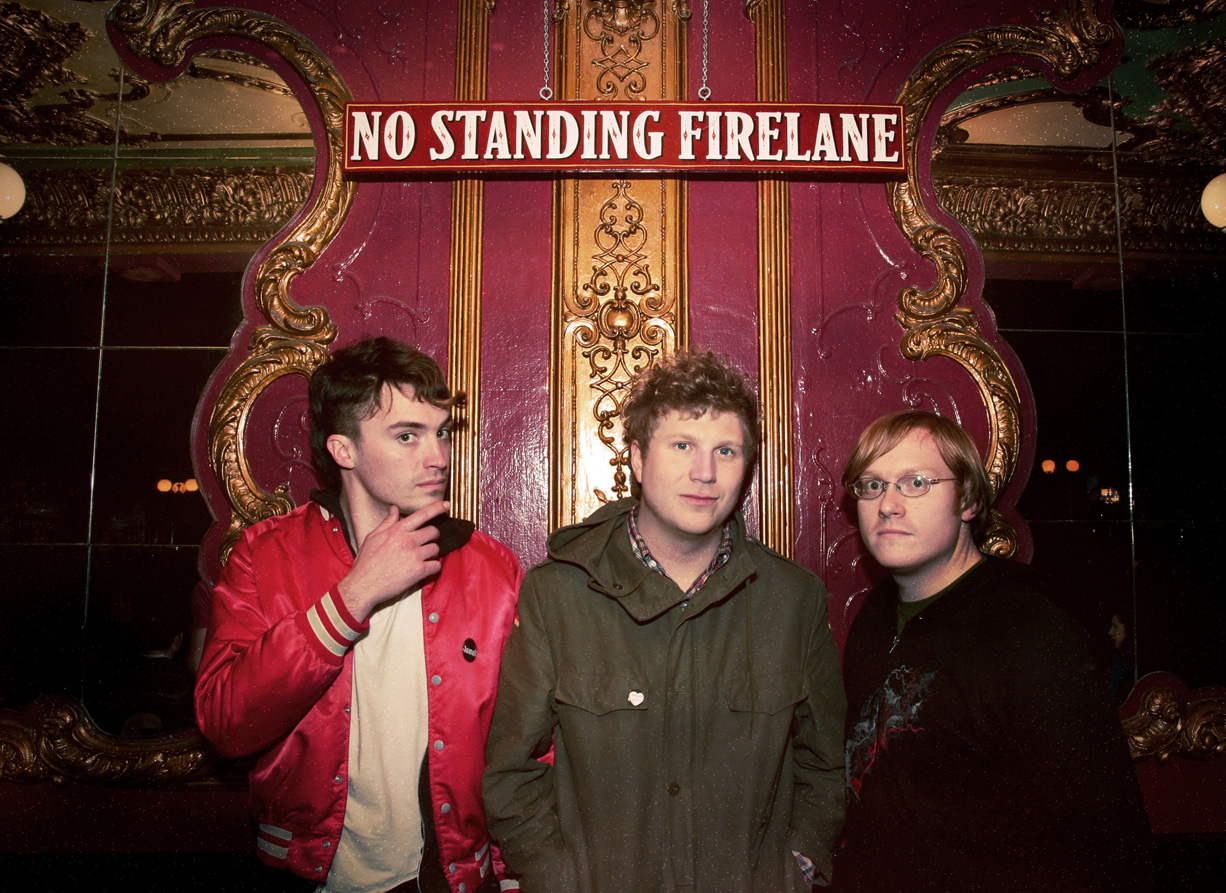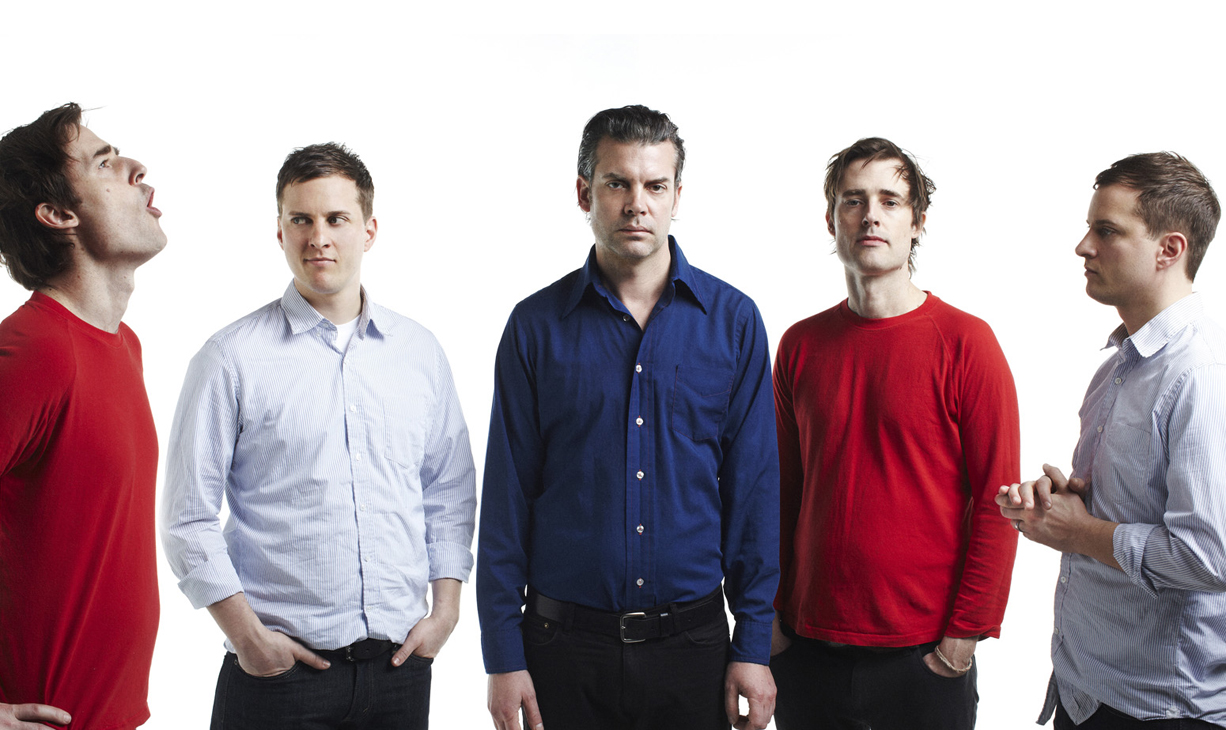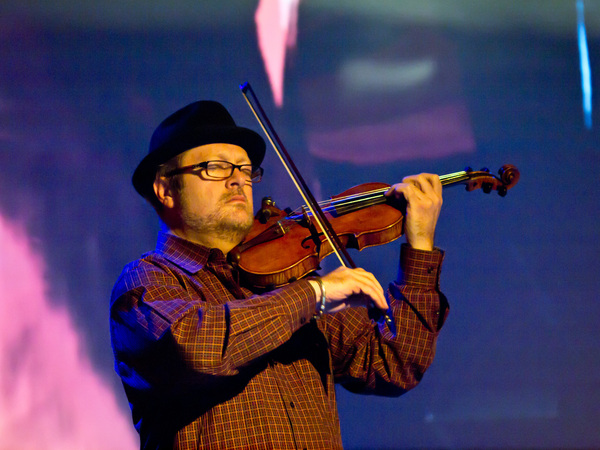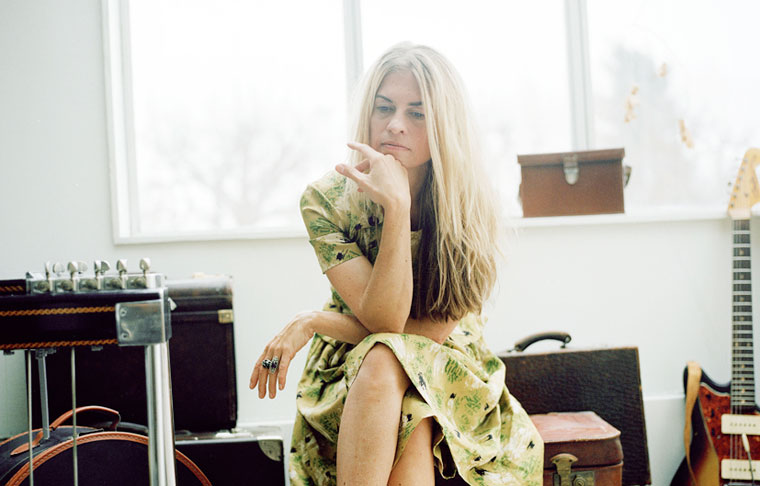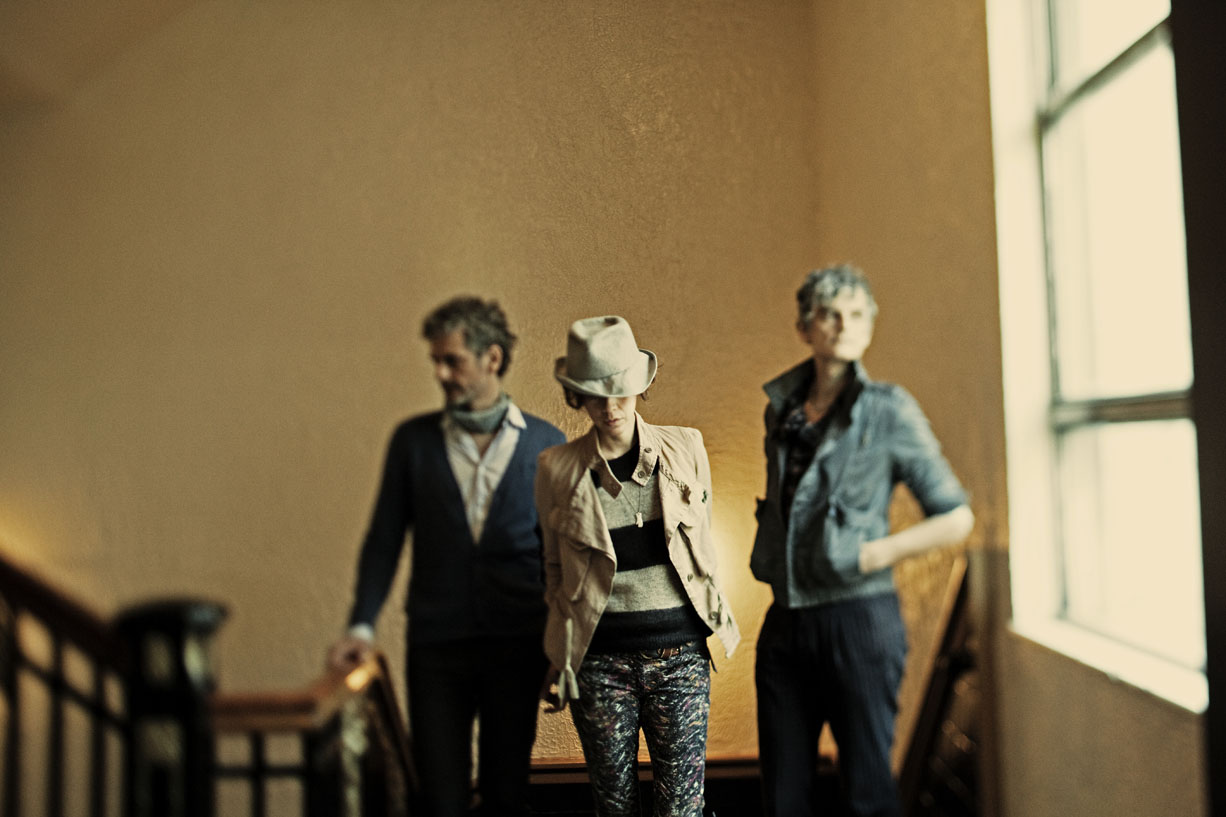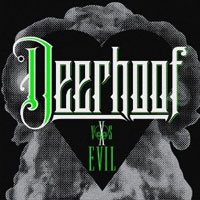 Maggie Björklund: Coming Home (Bloodshot, 3/22/11)
Maggie Björklund: Coming Home (Bloodshot, 3/22/11)
Maggie Björklund: “The Anchor Song”
[audio:https://alarm-magazine.com/wp-content/uploads/2011/03/Maggie_Bjorklund_The_Anchor_Song.mp3|titles=Maggie Björklund: “The Anchor Song”]
Coming Home, the debut solo album from Danish songwriter/guitarist Maggie Björklund, is a warm and inviting record of richly textured compositions highlighting her masterful pedal-steel guitar. Recorded in and evocative of the Southwest United States’ particularly melancholic brand of folk, the album also features turns by Calexico, Mark Lanegan, Rachel Flotard, and Jon Auer, and already is one of ALARM’s favorite albums of the week.
As Björklund prepared to fly back to Europe after spending some time in the US, we caught up about the new album and the benefits of opening up musically.
What have you been up to while in the States?
Oh, I’ve done a lot of things on this trip. We made two fantastic videos. We recorded my songs played live with most of the guys from the album (Mark Lanegan, Jon Auer, and Rachel Flotard). That was really great and fun to do. We just got back from SXSW; I played a bunch of shows, including my official showcase. It went really well.
Was that your first time at SXSW?
Well, this was the first time with my own music. I’ve played there before. I know the turmoil of the 6th Street nightlife. But I had good responses at SXSW; people really stop and listen. It was very positive.
How did you become involved in music originally?
Well, I have always played music, since I was really little. It’s not something that I chose in that way; it’s just been a part of my life always. But as for becoming professional in music, I formed my band The Darleens in Denmark (after being a session guitarist in Hollywood). We were signed to Sony Music almost immediately, and that was my entrance.
When did you start playing the pedal-steel guitar? Why?
That was only 8 or 9 years ago, I think. I completely fell in love with it as soon as I started. It’s been with me every day since. The story with the pedal steel is that I had bought it several years earlier, because I love instruments and I always want to try and see what everything is like to play. So I bought the pedal steel from a friend and tried to play, but I just could not get anything good out of that instrument. I put it in a cupboard for a couple years; I was really annoyed with both the instrument and myself. But then a few years later I took it out again, and for some reason I had matured musically or whatever and I got some good sounds out of it. I was so thrilled.
 Meshuggah: Koloss (Nuclear Blast, 3/27/12)
Meshuggah: Koloss (Nuclear Blast, 3/27/12)
